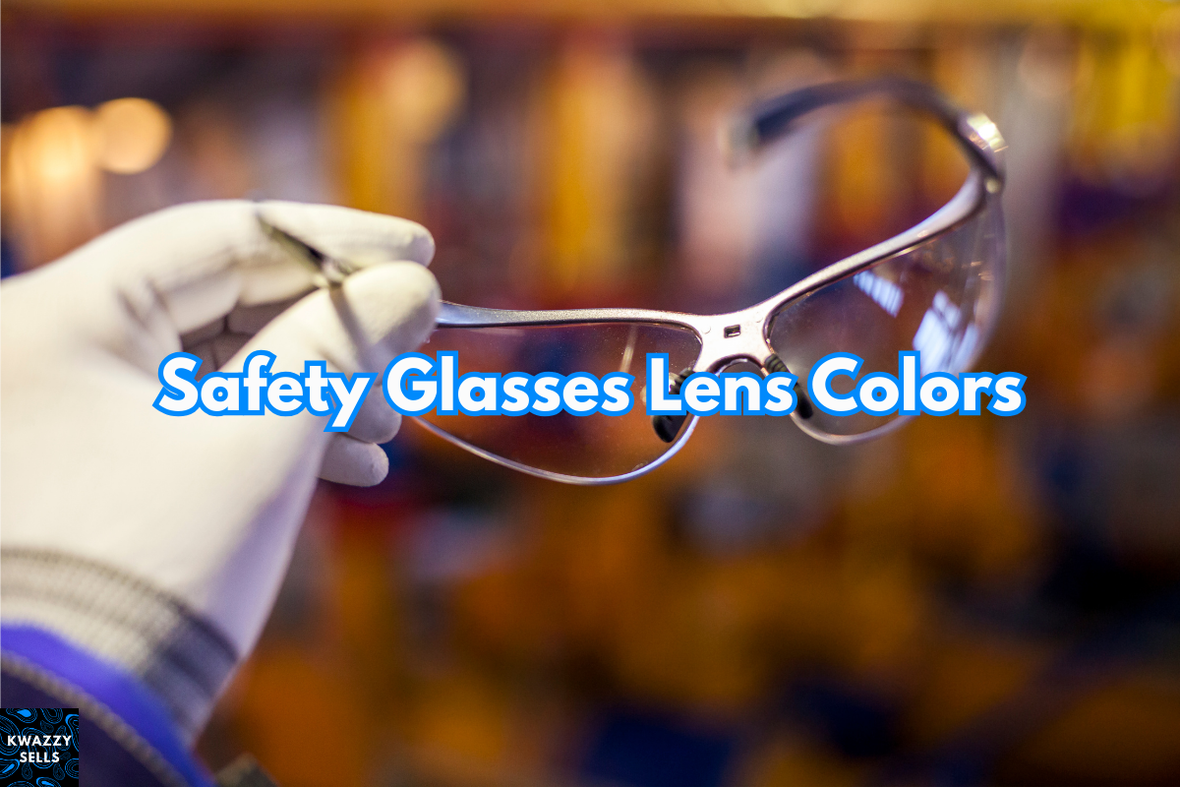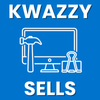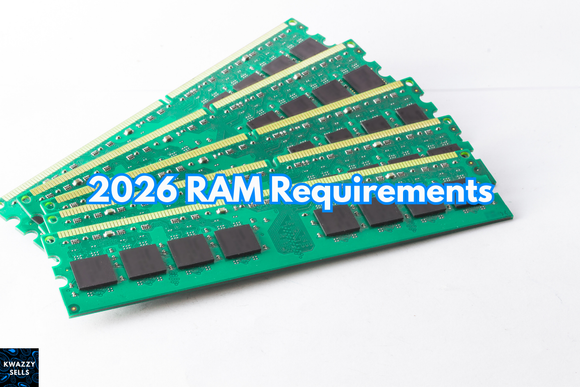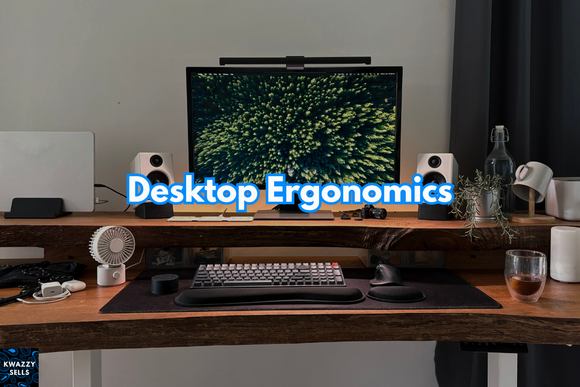
Safety Glasses Lens Colors Explained: How to Choose the Right Tint for the Job
Safety eyewear selection isn’t just about fit and impact rating. Lens color directly affects how well you see hazards, read instruments, differentiate parts, and tolerate glare or harsh lighting. The right tint can reduce eye strain and improve accuracy. The wrong one can mask hazards or distort colors.
This article breaks down the most common safety lens colors, what they’re engineered to do, and when to use them, framed by OSHA’s requirement to wear appropriate eye protection and ANSI Z87.1 performance standards.
Quick Standards Snapshot
OSHA 1910.133: Employers must ensure appropriate eye/face protection for hazards. OSHA references ANSI/ISEA Z87.1 for impact and optical performance criteria.
ANSI/ISEA Z87.1: Sets requirements for impact protection, optical clarity, UV protection, markings, and special-purpose lenses/tints. Look for Z87 or Z87+ on frames/lenses.
UV Protection: Polycarbonate lenses from major manufacturers typically block 99.9% UVA/UVB, even if the lens appears “clear.”
Lens Colors and When to Use Them
Clear
What it does: Neutral transmission, no color alteration. Maximizes visible light for low light/indoor environments.
Best for: Indoor work, general assembly, lab, inspection, evening/night tasks, warehouses without strong glare.
Why pick it: Accurate color recognition, widest field of use, pairs well with anti-fog coatings.
Gray/Smoke
What it does: Reduces overall brightness and glare without altering color balance; sunglasses-like feel.
Best for: Bright outdoor work, road/yard work, construction sites with sustained sunlight.
Why pick it: Cuts eye fatigue from sun glare while keeping color fidelity for hazard identification and signage reading.
Brown/Copper
What it does: Increases contrast and depth perception by filtering some blue light while maintaining usable color accuracy.
Best for: Variable outdoor light, driving equipment, spotting surface defects, light-to-bright conditions.
Why pick it: Improves detail recognition and reduces glare; good all-rounder for mixed cloud/sun days.
Amber/Yellow
What it does: Boosts contrast in low light by filtering blue wavelengths; can make environments appear brighter.
Best for: Overcast indoor spaces, dim areas, evening tasks, inspection where contrast is critical.
Caution: Alters color perception. Avoid where accurate color discrimination is essential (wiring color codes, chemical indicators, paints).
Light Rust/Orange
What it does: Similar to amber but tuned for high-contrast enhancement; reduces blue light more aggressively.
Best for: Shooting sports, high-detail inspection, hazy/overcast outdoor conditions.
Caution: More color shift than amber; ensure task doesn’t require precise color matching.
Blue
What it does: Primarily used to reduce yellow/orange sodium vapor lighting and enhance visual comfort under certain artificial lights.
Best for: Facilities lit with high-pressure sodium lamps, some inspection tasks where blue tint aids comfort.
Caution: Not a general-purpose tint; may reduce overall light transmission in already dim areas.
Green (shade numbers vs. general green)
What it does: Two distinct categories:
General green sunglass-style lenses: comfortable daylight tint with mild color shift.
Welding/cutting filter lenses (marked with shade numbers): specialized for radiant energy, not for general use.
Best for: General green for outdoor comfort; shade-numbered green strictly for welding, cutting, or brazing per OSHA shade tables.
Caution: Never substitute fashion green for required welding filter shades.
Indoor/Outdoor (I/O) Light Mirror
What it does: A lightly tinted lens with a subtle mirror to reduce glare when moving between indoor and outdoor spaces.
Best for: Dock work, shipping/receiving, yard-to-warehouse roles, drivers loading/unloading.
Why pick it: One-pair convenience; moderates' brightness outdoors while staying workable indoors.
Silver/Gold Mirrored (on gray/brown bases)
What it does: Mirror coatings reflect additional light to reduce glare further; base tint determines color perception.
Best for: Very bright outdoor environments, water/snow glare, metal roofing/siding work.
Tip: Mirror is a surface treatment; prioritize anti-scratch coatings. Mirror doesn’t replace proper welding/IR filters.
Polarized (usually gray/brown base)
What it does: Cuts reflected glare from horizontal surfaces—water, glass, polished metal, asphalt.
Best for: Roadwork, roofing, water-adjacent jobsites, driving heavy equipment.
Caution: May make it harder to read some LCD/LED screens or see ice on roadways depending on screen/polarizer orientation.
Specialty: IR/UV filters, welding shades, and task-specific tints
What it does: Filters radiant energy for high-heat processes.
Best for: Welding, cutting, brazing. Shade number selection must follow OSHA tables.
Critical: These are not the same as cosmetic green or gray lenses. Use the exact shade required for the process amperage/type.
Choosing by Environment and Task
Indoor, even lighting: Clear is the default; consider anti-fog.
Indoor, low light: Amber/yellow for contrast, if color accuracy isn’t critical.
Outdoor, bright sun: Gray/smoke or brown/copper; add mirror for intense glare.
Mixed indoor/outdoor: Indoor/Outdoor light mirror for flexibility.
Driving or equipment operation: Brown/copper for depth perception; polarized if reflected glare is a problem and screens remain readable.
High-glare reflective surfaces: Polarized mirrored lenses (if compatible with displays).
Sodium vapor lighting: Blue tints may improve comfort.
Welding/cutting/brazing: Use shade-numbered filters per OSHA; never substitute.
Coatings and Markings That Matter
Anti-fog: Essential for temperature swings, masks/respirators, or high humidity.
Hard coat/anti-scratch: Preserves clarity and extends lens life.
UV protection: Most polycarbonate lenses provide 99.9% UV blocking; verify on spec sheet.
ANSI Markings: Look for Z87 (basic impact) or Z87+ (high impact). Additional marks indicate lens features (e.g., UV, infrared filters, special purpose).
Fit and coverage: Side protection, wrap geometry, and seal options (foam/gasket) help block dust or splash.
Common Mistakes to Avoid
- Using amber/yellow where color accuracy is critical.
- Relying on sunglasses tints for welding or cutting.
- Skipping anti-fog in humid or masks-on environments, leading to removal and exposure.
- Assuming “mirror” equals more protection. The base lens and ANSI rating are what matter.
- Wearing non-rated eyewear in industrial settings.
Compliance Quick Check
OSHA requires appropriate protection against the hazard present.
For impact hazards: choose ANSI/ISEA Z87.1 marked eyewear, ideally Z87+ for high-impact environments.
For optical radiation (welding/cutting): select shade per OSHA’s welding shade tables. When in doubt, consult the process amperage and the OSHA shade chart.
How to Decide Fast
What’s the light environment? Dim, normal, bright, variable
Do you need accurate colors? If yes, prefer clear/gray/brown; avoid strong amber/yellow.
Any glare from water, glass, metal, or snow? Consider polarized/mirrored.
Moving in and out frequently? Indoor/Outdoor light mirror.
Any radiant energy process? Use the specified shade filter, no substitutions.
Wrap-Up
The right lens color improves visibility, reduces fatigue, and helps you work safer. Start with the hazard, check the light conditions, and confirm ANSI markings. If you need help matching a tint to your task or want product recommendations, I can map these use cases to models available at Kwazzy Sells.
Citations and References
OSHA 1910.133 Eye and Face Protection (standard overview and obligation to provide appropriate protection). https://www.osha.gov/laws-regs/regulations/standardnumber/1910/1910.133
OSHA Fact Sheet: Eye Protection against Radiant Energy during Welding and Cutting (minimum protective lens shade numbers). https://www.osha.gov/sites/default/files/publications/OSHAfactsheet-eyeprotection-during-welding.pdf
NIOSH Science Blog: The Manufacture and Selection of Eye Protection at Work (standards context referencing ANSI/ISEA Z87.1 conformance). https://blogs.cdc.gov/niosh-science-blog/2022/06/08/mm-eyewear/
3M Protective Eyewear Catalog (UV blocking, impact ratings, and lens/tint use-case notes). https://multimedia.3m.com/mws/media/708218O/3m-protective-eyewear-catalog.pdf
Uvex/Honeywell Eye and Face Protection Catalog and Lens Tinting Advisor (task-specific tint guidance, coatings, and applications). https://prod-edam.honeywell.com/content/dam/honeywell-edam/sps/his/en-ca/products/head-eye-face-protection/documents/eye/UX_uvex_gx-8_series_uvex_catalog_2012_hr.pdf and https://www.uvex-safety.com/en/product-assistants/safety-eyewear-lens-tinting-advisor/


